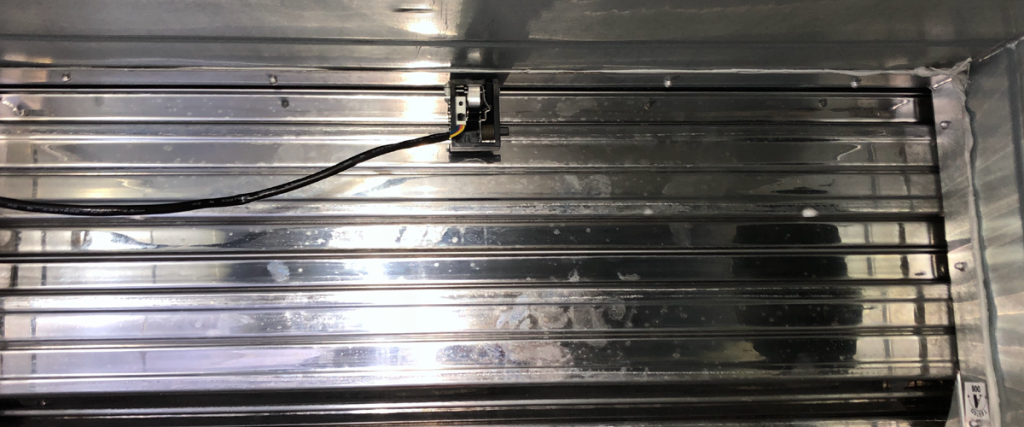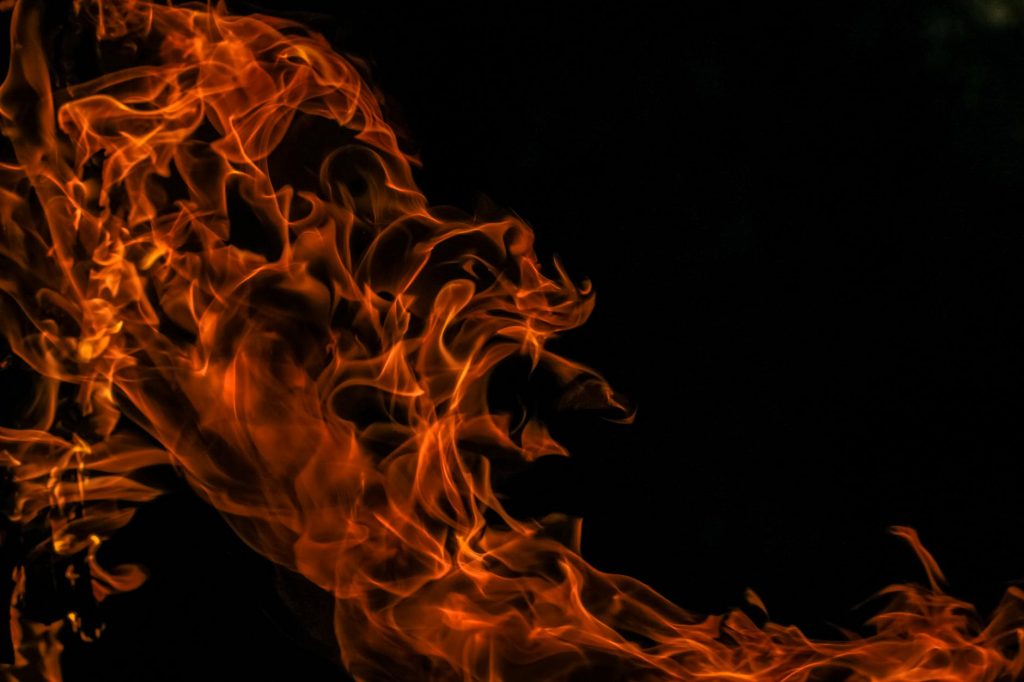Fire dampers are a critical component of a building’s passive fire protection system. They are used in heating, ventilation and air conditioning ducts to prevent the spread of fire inside the ductwork through fire-resistant walls and floors. Ducting vents are a place through which fire and smoke can move from one room to another. It’s the role of fire dampers to prevent the flames and smoke from passing through.
Fire dampers are frequently made out of galvanised steel. They can be vertical or horizontal dampers, depending on the way it’s required to close off a particular duct.
The types of Fire Dampers
There are a number of different types of fire dampers for various applications. These include:
Dynamic
Dynamic fire dampers are frequently installed in vertical barriers. They have a spring-loaded mechanism. If a fire occurs, the mechanism is released and the doors of the damper shut. The system fan should continue to run, helping to build up pressure. This pressure should help to keep the fire damper doors in a closed position.
Static
Static dampers have a curtain-like design and will usually be installed in horizontal barriers. If a fire occurs, the curtain drops which prevents the transit of heat, smoke and flames. These dampers will usually be installed where ducting fans will no longer work if a fire is detected.
Fire/Smoke
These are dampers that are designed to block both smoke and fire and, as a result, they are commonly installed. If your fire security system contains smoke detectors, you may require some smoke to escape to offer early warning of a fire. In which case these kinds of dampers may not be the most appropriate.
How do HVAC Fire dampers work?
If there’s a rise in temperature, fire dampers close. They are usually activated by a thermal element. These melt at temperatures higher than ambient but low enough to indicate there’s the presence of a fire. This should allow springs to close the damper blades. They can also close on receipt of an electrical signal from a fire alarm system. This might use detectors that are remote from the damper, that sense the heat or smoke somewhere in the building, or in the duct system itself.
Some fire dampers have circuits that can be engaged and disengaged via a control station or can be programmed to engage in different scenarios. It’s possible to wire your fire dampers to your smoke detectors so that whenever a smoke detector turns on, it will send a signal to the fire/smoke damper to engage and close the duct. This kind of system needs to be implemented in systems where there is a backup power supply of some kind.

What happens if fire cuts off the power supply?
Fire dampers that operate without the need for circuits, sensors and a power supply rely on a fusible link and have a mechanical engage. This link will usually melt at around 72c, the kind of heat that is generated by a fire. This will engage the fire damper, closing its doors for good. Another option is for slotted metal plates which expands from the heat, sealing the ductwork as long as the heat doesn’t drop.
Where are HVAC fire dampers required?
Fire dampers are widely-used in HVAC systems where there is a fire-resistant wall in the property. Their purpose is to prevent fire and smoke from leaving one room and travelling throughout the property through the ducting vent. If you have ductwork in a property, then that ductwork should be fitted with fire dampers. Without them ductwork is in essence a potential hazard should a fire break out. They can help turn a small, easily controllable, fire into something that presents a considerable threat to life and property.
Fire dampers should not only be fitted, they should also be tested on at least an annual basis to ensure that they’re working properly. An experienced and competent HVAC commissioning company should conduct a regular inspection to ensure that they remain compliant with legislation and are working as they should.
When Should they be installed?
Fire dampers should be installed as part of the HVAC commissioning process. They will form a part of the overall design and creation of a bespoke HVAC system. They will normally play a part in the overall fire safety set-up for the building, and adequate consideration will need to be given to how they will work together. HVAC commissioning, retro-commissioning and recommissioning is an extensive process that ensures that HVAC systems are efficient, fit for purpose and above all safe.
ECS are the north of England’s HVAC commissioning specialists. We work across all sectors and are trusted for our professional approach and attention to detail.
Call 01535 600688″ or email info@ecs-yorkshire.co.uk to find out more about our services.

